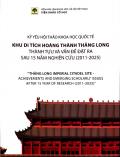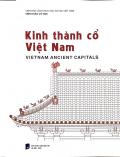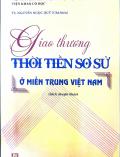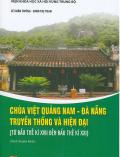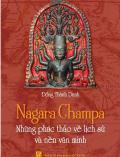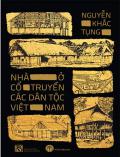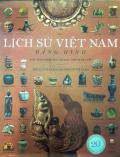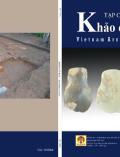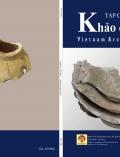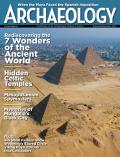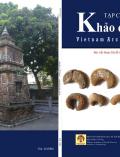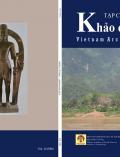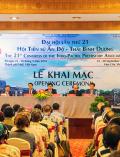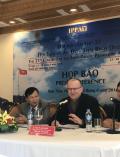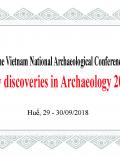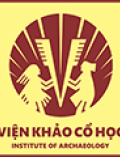New Developments in the Pleistocene Occupation of Insular Southeast Asia
Organisers: A/Prof Darren Curnoe, University of New South Wales, and Dr Mei Hsiao Goh, Universiti Sains Malaysia
In recent years archaeologists have begun to push the timescale for the earliest occupation of insular Southeast Asia by anatomically modern humans back beyond 70,000 years ago. Yet, this date contrasts with widely accepted ages from the molecular clock using DNA from contemporary populations of closer to 50,000 years ago. All of this potentially raises many questions about the sources, timing, population affinities, behavioural complexity and ecology of the earliest people to inhabit the region. However, the Pleistocene human fossil and archaeological records continue to be sparse across insular Southeast Asia with scarcely few discoveries published internationally for many decades. Suggestions of an early arrival also put into sharp focus the increasing complexities of using dating methodsat existing sites and the old spectre of site stratigraphic complexity and difficulties associated with reconstructing provenience. This symposium will explore recent developments in archaeology, palaeoanthropology, genetics and geochronology about the timing, settlement, ecology and behaviour of Pleistocene modern humans in insular Southeast Asia. Presentations outlining new Middle or Late Pleistocene human fossil or archaeological discoveries, no matter how preliminary, reanalyses of existing sites or fossils, or ancient or contemporary DNA studies,will be most welcome.
In recent years archaeologists have begun to push the timescale for the earliest occupation of insular Southeast Asia by anatomically modern humans back beyond 70,000 years ago. Yet, this date contrasts with widely accepted ages from the molecular clock using DNA from contemporary populations of closer to 50,000 years ago. All of this potentially raises many questions about the sources, timing, population affinities, behavioural complexity and ecology of the earliest people to inhabit the region. However, the Pleistocene human fossil and archaeological records continue to be sparse across insular Southeast Asia with scarcely few discoveries published internationally for many decades. Suggestions of an early arrival also put into sharp focus the increasing complexities of using dating methodsat existing sites and the old spectre of site stratigraphic complexity and difficulties associated with reconstructing provenience. This symposium will explore recent developments in archaeology, palaeoanthropology, genetics and geochronology about the timing, settlement, ecology and behaviour of Pleistocene modern humans in insular Southeast Asia. Presentations outlining new Middle or Late Pleistocene human fossil or archaeological discoveries, no matter how preliminary, reanalyses of existing sites or fossils, or ancient or contemporary DNA studies,will be most welcome.
Thông báo
Thứ năm, 11 Tháng 12 2025- 17:31
Thứ hai, 29 Tháng 9 2025- 18:20
Thư viện
- Tác giả: Trung tâm Nghiên cứu Kinh Thành, Viện Khảo cổ học
- Nxb: Khoa học xã hội - 2025
- Số trang: 592tr
- Khổ sách: 24x29 cm
- Hình thức bìa...
- Tác giả: Trung tâm Nghiên cứu Kinh Thành, Viện Khảo cổ học
- Nxb: Khoa học xã hội - 2025
- Số trang: 255tr
- Khổ sách: 24x 29cm
- Hình thức bìa...
- Tác giả: TS. Nguyễn Ngọc Quý (chủ biên)
- Nxb: Khoa học xã hội - 2025
- Số trang: 288tr
- Khổ sách: 24cm
- Hình thức bìa: mềm
- Tác giả: Lê Xuân Thông - Đinh Thị Toan
- Nxb: Khoa khoa học xã hội - 2024
- Số trang: 394tr
- Khổ sách: 16 x 24cm
- Tác giả: Đổng Thành Danh
- Nxb: Khoa học xã hội - 2023
- Số trang: 248tr
- Khổ sách: 16 x 24cm
- Tác giả: Louis Malleret
- Nxb: Tổng hợp TP.Hồ Chí Minh - 2023
- Số trang: 567tr
- Khổ sách: 16 x 24cm
- Tác giả: Nguyễn Chí Bền
- Nxb: Khoa khoa học xã hội - 2024
- Số trang: 417tr
- Khổ sách: 16 x 24cm
- Tác giả: Nguyễn Khắc Tụng
- Nxb: Khoa học xã hội - 2023
- Số trang: 695tr
- Khổ sách: 16 x 24cm
- Tác giả: Đông A
- Nxb: Đại học sư phạm-
- Số trang: 660tr
- Khổ sách: 25x30cm
- Hình thức bìa: cứng
Tạp chí
Dày 100 trang, khổ 19x27cm
Dày 100 trang, khổ 19x27cm
Dày 100 trang, khổ 19x27cm
Dày 100 trang, khổ 19x27cm
November/December 2025 - Archaeology Magazine
Dày 100 trang, khổ 19x27cm
Dày 100 trang, khổ 19x27cm
Dày 100 trang, khổ 19x27cm
Dày 100 trang, khổ 19x27cm
Tin tức khác
24 Th9 2018 06:12
22 Th9 2018 11:09
28 Th8 2018 15:04
15 Th8 2018 13:10
25 Th7 2018 04:21
25 Th7 2018 04:19
Copyright © 2016 by khaocohoc.gov.vn.
Thiết kế bởi VINNO
Tổng số lượt truy cập: 10382365
Số người đang online: 14

